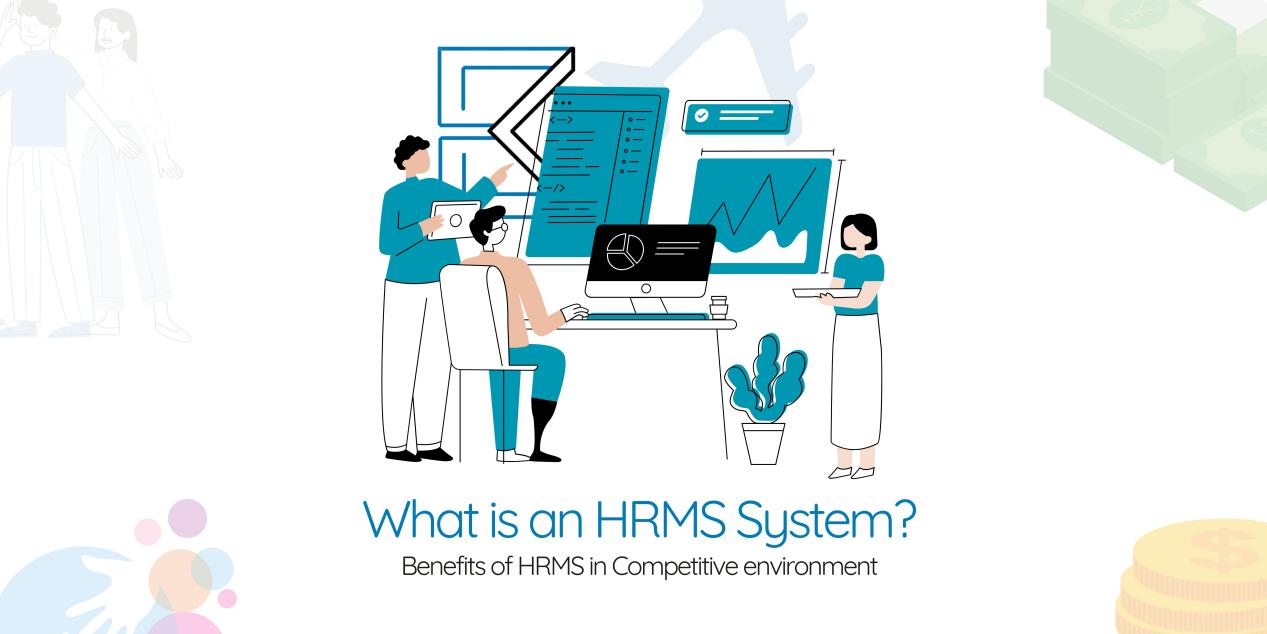What Is HRMS System? A Comprehensive Guide to Streamlining HR Processes
Book a demoIn today's fast-paced business landscape, organizations need efficient and streamlined HR processes to stay competitive. Enter the Human Resource Management System (HRMS) – a comprehensive software solution designed to revolutionize HR management. In this article, we will explore the HRMS system in detail, its historical evolution, and how it empowers businesses to gain a competitive edge over time.
What is HRMS System?
The HRMS system, also known as a Human Resource Management System, is a powerful software solution that automates and streamlines various HR processes within an organization. It serves as a centralized repository for managing employee data, payroll, benefits, performance evaluations, recruitment, training, and more. Typically cloud-based or offered as software-as-a-service (SaaS), an HRMS system provides scalability, flexibility, and accessibility across different devices and locations.
- Historical Evolution of HRMS: The history of HRMS dates back to the early 20th century when organizations recognized the importance of structured personnel management. However, it was not until the 1970s that computerized systems emerged, enabling businesses to automate HR tasks. Initially, these systems focused on payroll processing and data storage.
The advancement of technology, especially personal computers and the internet, paved the way for the evolution of HRMS systems. In the 1990s, web-based HRMS platforms revolutionized HR management, allowing remote access and collaboration. As the new millennium dawned, HRMS systems continued to evolve, incorporating employee self-service portals, talent management modules, analytics capabilities, and seamless integration with other business systems. - Boosting Competitiveness through HRMS: Adopting an HRMS system provides numerous benefits to businesses, enhancing their competitiveness in the marketplace
- Streamlined Processes: HRMS systems automate routine administrative tasks, reducing manual effort and minimizing errors. This streamlining of HR processes allows HR professionals to focus on strategic initiatives, employee development, and overall organizational growth.
- Efficient Data Management: HRMS systems act as centralized databases, offering easy access, retrieval, and analysis of vital employee information. Real-time insights facilitate informed decision-making, optimizing workforce planning and resource allocation.
- Improved Efficiency and Productivity: By automating HR processes, HRMS systems eliminate paperwork, simplify workflows, and accelerate task completion. This efficiency boost enhances overall productivity, enabling employees to dedicate more time to value-added activities.
- Talent Acquisition and Retention: HRMS systems feature applicant tracking and recruitment modules, streamlining the hiring process, improving candidate screening, and ensuring a positive candidate experience. These systems also facilitate seamless employee onboarding, training, and development, promoting talent retention and growth.
- Compliance and Risk Management: HRMS systems help businesses stay compliant with labor laws, industry regulations, and data security requirements. With audit trails, automated payroll calculations, and accurate reporting, organizations can mitigate compliance risks, avoiding penalties and legal issues.
- Data-driven Insights: Modern HRMS systems offer advanced analytics capabilities, enabling organizations to extract valuable insights from HR data. By analyzing employee performance, engagement levels, and workforce trends, businesses can make data-driven decisions, identify skill gaps, optimize training programs, and align HR strategies with organizational goals.
- Employee Engagement and Satisfaction: HRMS systems often include self-service portals where employees can access their personal information, submit time-off requests, view pay stubs, and update details. Such self-service features empower employees, enhance transparency, and improve overall engagement and satisfaction.
Conclusion:
The HRMS system has transformed HR management by streamlining processes and empowering businesses to stay competitive. From its humble beginnings to its present-day sophistication, HRMS continues to revolutionize how organizations manage their human resources. By adopting an HRMS system, businesses can streamline their HR processes, optimize productivity, attract and retain top talent, ensure compliance, and make data-driven decisions for long-term success. Embracing the power of HRMS is the key to achieving a competitive edge in today's dynamic business landscape.



